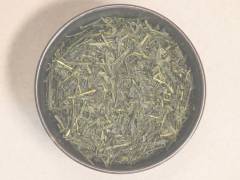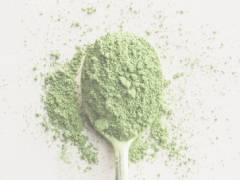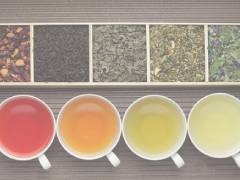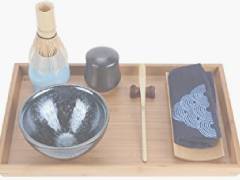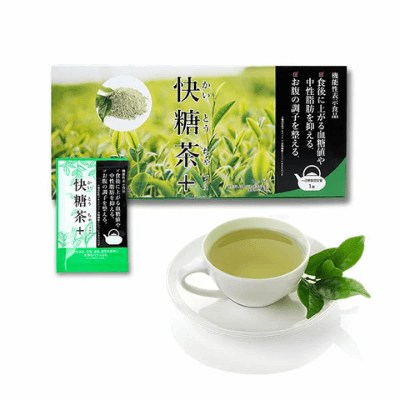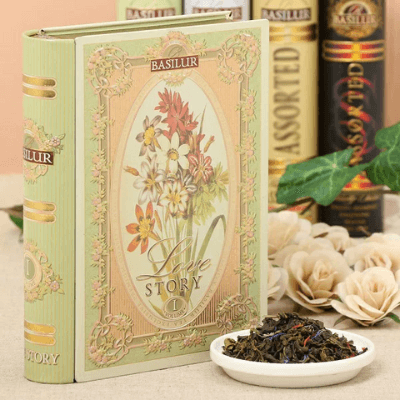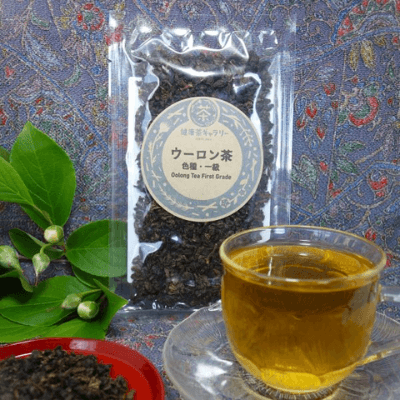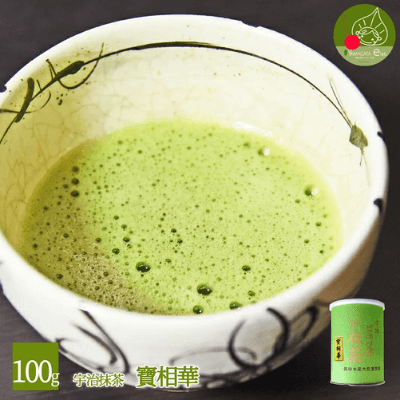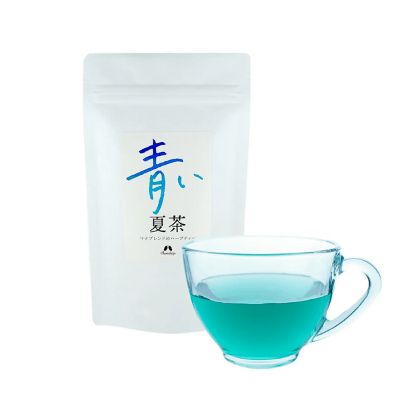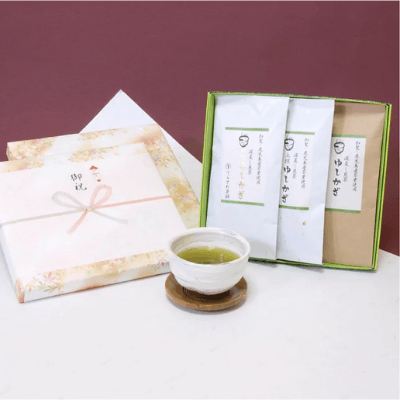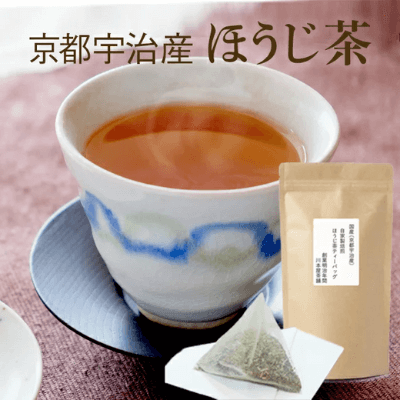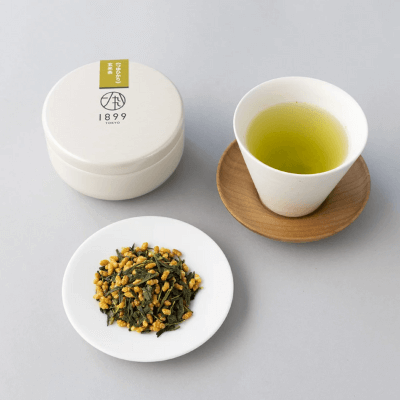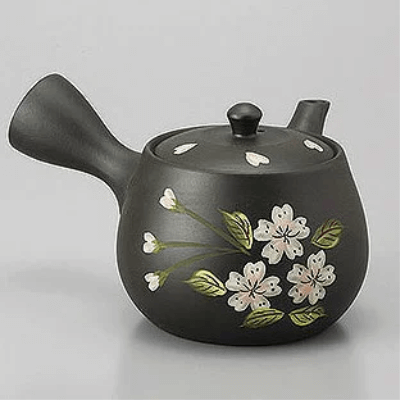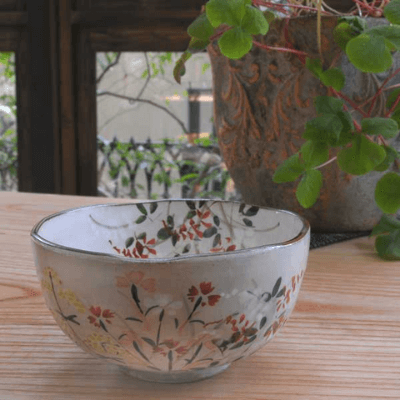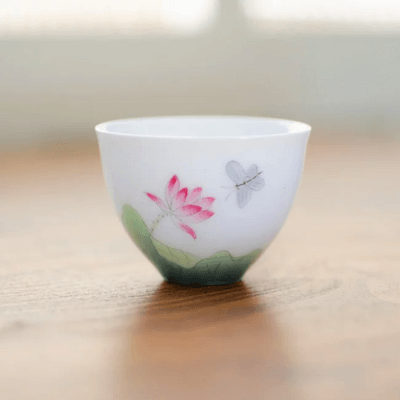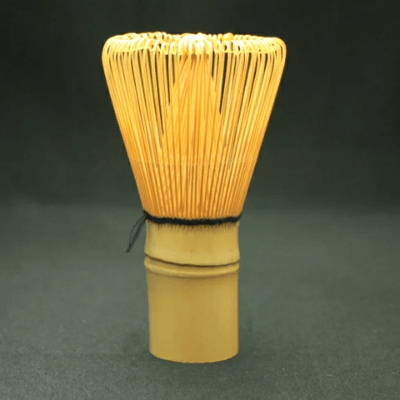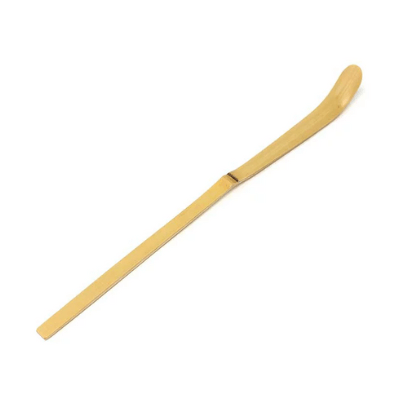Long reserved for lords, aristocrats, and monks practicing Zen, Japanese tea has become a true institution reflecting the art of living in the land of the rising sun. In Japan, there are a variety of teas whose benefits and particularities diverge according to their origin, composition, and preparations.
As you settle down to watch a good movie, or spend time with your loved ones, treat yourself to a warm, expertly crafted cup of tea accompanied by small cakes, an elegant practice and a soothing ritual that gives you the opportunity to make use of your beautiful Japanese tea set. No need for much preparation: just combine hot water in a teapot with the tea leaves or canned tea of your choice, and your drink is ready.
Discover the secrets of this enchanting world of aroma and flavor.
The benefits of Japanese tea
The exceptional life expectancy of Japanese people is due to the daily consumption of tea. Japan is the world leader in tea consumption. As an added bonus, theine is perfect to keep your figure. In infusions of powder or natural leaves, Japanese tea provides a host of benefits provided that it is organic and served at the right temperature in the right dosage.
Indeed, catechin, the main component of green tea, is known for its multiple health benefits. It is antibacterial, antiviral, and anti-aging and is also known to facilitate weight loss.
How to choose a Japanese tea ?
Japanese tea is an excellent stimulant with a well-defined production and harvest process. The cultivation and planting of tea bushes varies by region; however, the best place to find a wide variety of good quality sencha is on the island of Kyushu. There is a first harvest and a second harvest before the drying, oxidizing, roasting, and blending stages. The smell, bitterness, and astringency of the tea differs according to these stages. So, how can you choose the one that's right for you ?
Generally speaking, it's best to make a choice based on the characteristics of the tea. For example, gyokuro is a tea whose young shoots are covered with mat just before harvesting. It is therefore both delicate and fine.
Compared to the superior sencha, which has a moderate astringency and a sharp and iodized taste the bancha is a less subtle tea containing a tiny amount of caffeine. It is powerful, iodized.
Kabusecha is a shaded tea of a pleasant fineness. It is grown and harvested in the same way as teas like gyokuro and sencha. Good quality matcha is a green tea powder with a seaweed taste.
Schincha is a first flush tea, rich in minerals and nutrients. It can be enjoyed for up to two infusions as long as each is brief.
Kukicha is a traditional combination of Japanese green tea, a delicate and tasty drink. Mixed with puffed or toasted rice, high-quality genmaicha is another green tea blend and can be enjoyed hot or straight out of the refrigerator.
Finally, you won't want to miss out on the current rooibos trend. Like other Japanese green teas, rooibos is a revitalizing and thirst-quenching drink.
How to make Japanese tea
Like the preparation of coffee or ice cream, the art of making tea in the land of the rising sun is a real ritual. It is essential to have the necessary accessories, especially if you are planning an exceptional breakfast, reception, or tea ceremony. Get out your ceramic tea set composed of Japanese cast iron teapots, cups, trivets, set, kyusu, chasen or bamboo whisk, and spatula.
Then, all you have to do is steam the leaves to generate a delicious aroma and a strong taste reminiscent of the Japanese world. By choosing a quality product, you will discover the famous umami, a typical Japanese flavor.














